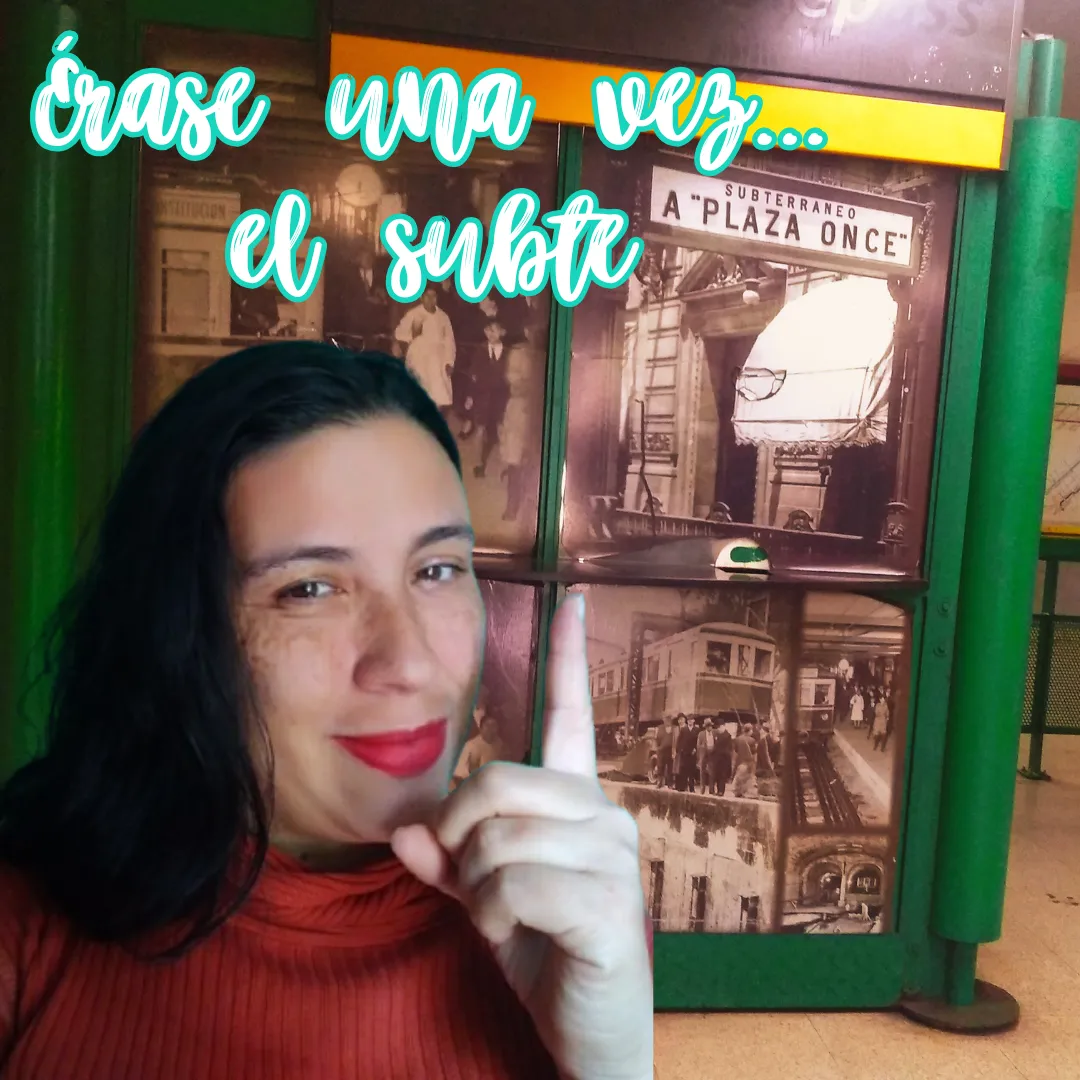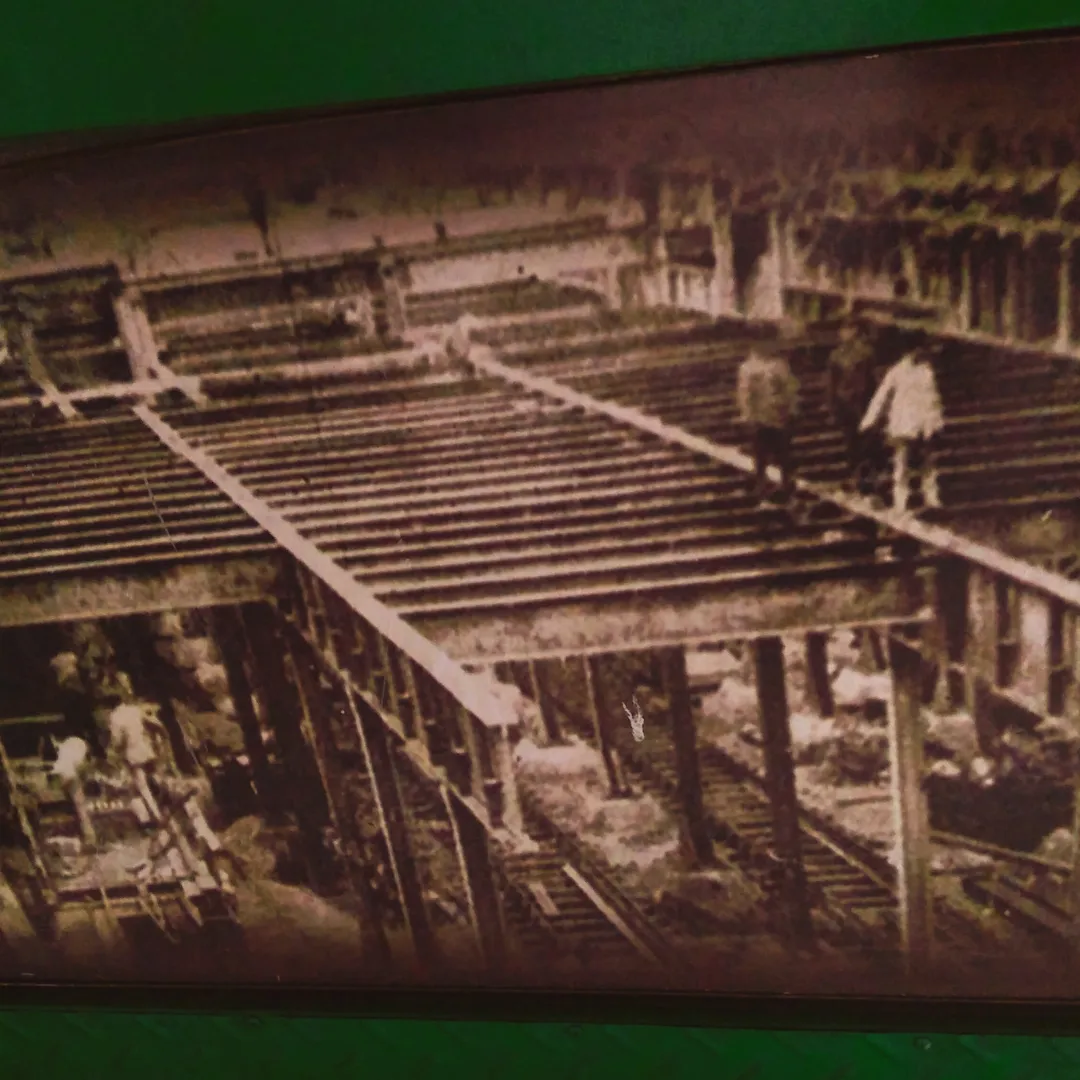
Cuando de transporte público se trata, acá en Buenos Aires prefiero usar el tren y el subte antes que los colectivos. Quizás porque son más directos, y me ayudan a ubicarme mejor en lugares a donde voy por primera vez, pero también porque con los colectivos suelo perderme con facilidad.
Además que es una feria si le llegas a preguntar al colectivero si pasa por algún lugar, pues cuando lo he hecho, muy pocos responden o salen con tal carga de amargura, como si en lugar de pedir información, les hubieras insultado a su madre, tanto así que te quitan las ganas de abordar.

Y fue justo en uno de estos viajes, cuando me encontré con un kiosko que mostraba fotografías que documentaban el proceso de construcción de esta enorme red de transporte, una historia que quizás pocos conozcan, pero que a mi me resulta fascinante, tanto por la visión de quienes la idearon y materializaron, por como ha sido de beneficiosa para miles de personas a diario.

Mientras fotografiaba, recordé mi primer paseo en el Metro de Caracas, cuando tenía yo unos 9 años de edad. Eran pocas estaciones, pero la novedad llevó a mas de uno a montarse en él, solo por las ganas de vivir la experiencia. No sé a donde íbamos, o si solo hicimos el paseo de ida y vuelta, pero si vienen a mi memoria esas sensaciones raras de cuando arrancaba a andar, el particular sonido que avisaba el cierre de puertas y como la mayoría acataba la normativa interna.
En estas fotos se ven las grandes fosas cavadas para hacer los respectivos túneles, que luego fueron cubiertas para crear grandes avenidas, o en su defecto veredas con locales comerciales, que le dan vida a la ciudad, y generan fuentes de empleo para muchos ciudadanos.

Imagino que en aquel entonces, los vagones serían más del estilo de un tren, y que en lugar de las comodidades actuales, la practicidad era lo que imperaba, en función de ser más utilitario que estético.

Sin embargo, muchas de las fachadas externas además de las barandas de seguridad, siguen en pie luego de tantos años, como para que recordemos la osadía de aquellos que soñaron con crear (o emular) este medio de transporte que cada día moviliza a miles de usuarios, quienes quizás ni conocieron los viejos tickets para entrar, pues ahora hasta scaneando un código QR se puede tener acceso.


When it comes to public transportation, here in Buenos Aires I prefer to use the train and the subway rather than the colectivos. Maybe because they are more direct, and help me to locate myself better in places where I go for the first time, but also because with the colectivos I tend to get lost easily.
Besides, it's a fair if you ask the bus driver if he goes somewhere, because when I have done it, very few answer or leave with such a load of bitterness, as if instead of asking for information, you had insulted their mother, so much so that you don't want to get on the bus.

And it was just on one of these trips, when I came across a kiosk showing photographs documenting the construction process of this huge transportation network, a story that perhaps few know, but that I find fascinating, both for the vision of those who devised and materialized it, for how it has been beneficial to thousands of people every day.

While photographing, I remembered my first ride on the Caracas Metro, when I was about 9 years old. There were only a few stations, but the novelty led more than one person to get on it, just for the desire to live the experience. I don't know where we were going, or if we only made the round trip, but I remember those strange sensations when we started to walk, the particular sound that warned the closing of the doors and how most of the passengers followed the internal regulations.
In these photos you can see the large pits dug to make the respective tunnels, which were then covered to create large avenues, or otherwise sidewalks with commercial premises, which give life to the city, and generate sources of employment for many citizens.

I imagine that back then, the carriages would have been more train-style, and that instead of today's conveniences, practicality was what prevailed, as a function of being more utilitarian than aesthetic.

However, many of the external facades, as well as the security railings, are still standing after so many years, so that we remember the audacity of those who dreamed of creating (or emulating) this means of transportation that every day mobilizes thousands of users, who perhaps did not even know the old tickets to enter, because now even scanning a QR code you can have access.

Créditos al (o los) fotógrafos que documentaron el proceso en esos años / Credits to the photographer(s) who documented the process in those years.
Foto/Photo by: @mamaemigrante.
Edición/Edited by @mamaemigrante using canva
Translated and formatted with Deepl